The Verb Estar Worksheet
If you're an intermediate Spanish learner seeking practice with the verb "estar," then this worksheet is perfect for you. This worksheet is designed to help you enhance your understanding of this essential verb and its various uses.
Table of Images 👆
- English Verb Conjugation Chart
- Spanish Ser Worksheet 1 Answer Key
- Exercises Simple Past Verb to Be
- Spanish Body Parts Worksheet Crossword
- Ejercicios De Verbos En Ingles Para Imprimir
- Spanish Saber vs Conocer Worksheet
- Past Tense Verbs Worksheets 2nd Grade
- La Casa Worksheet Spanish
- Ejercicios Verbos En Ingles
More Other Worksheets
Kindergarten Worksheet My RoomSpanish Verb Worksheets
Cooking Vocabulary Worksheet
DNA Code Worksheet
Meiosis Worksheet Answer Key
Art Handouts and Worksheets
7 Elements of Art Worksheets
All Amendment Worksheet
Symmetry Art Worksheets
Daily Meal Planning Worksheet
How is the verb estar conjugated in the present tense?
The verb estar is conjugated in the present tense as follows: yo estoy (I am), tú estás (you are), él/ella/usted está (he/she/youformal are), nosotros/nosotras estamos (we are), vosotros/vosotras estáis (you all are), ellos/ellas/ustedes están (they/you all are).
What are the different uses of the verb estar?
The verb estar is primarily used to indicate temporary conditions, states, or locations, as opposed to the verb ser, which is used for permanent characteristics. Estar is also used to talk about feelings, emotions, physical conditions, and to form the progressive tenses in Spanish. In addition, estar is used to indicate the location of objects or people, as well as to express opinions or to describe the condition of something at a specific moment.
How is the verb estar conjugated in the past tense?
The verb "estar" is conjugated in the past tense as follows: yo estuve, tú estuviste, él/ella/Ud. estuvo, nosotros/as estuvimos, vosotros/as estuvisteis, ellos/ellas/Uds. estuvieron.
Describe the meaning of estar in relation to physical locations.
In relation to physical locations, the verb "estar" in Spanish is used to indicate the temporary or condition-specific nature of someone or something's location. It denotes a state of being in a particular place at a specific moment, emphasizing the current position or situation rather than a permanent or fixed one. "Estar" is commonly used to talk about where someone or something is located at that moment, such as "Estoy en casa" (I am at home) or "La tienda está cerca" (The store is nearby), highlighting the dynamic and temporary aspect of the location.
Explain how estar is used to indicate temporary states or conditions.
Estar is used to indicate temporary states or conditions because it is used for describing things that are likely to change or are not permanent. For example, emotions, physical conditions, locations, and ongoing actions are all temporary states that are typically described using estar. It emphasizes the transient or changeable nature of these states, as opposed to the more permanent or intrinsic qualities associated with ser.
What is the role of estar in expressing emotions or feelings?
The role of "estar" in expressing emotions or feelings is to indicate a temporary state or condition. It is used to convey how someone is feeling at a specific moment in time rather than as a permanent characteristic. For example, "Estoy feliz" means "I am happy" in that moment, suggesting a transient emotion, as opposed to the more permanent nature conveyed by "ser," which is used for essential attributes or characteristics.
Describe the use of estar in the progressive or continuous tenses.
Estar is used in the progressive or continuous tenses in Spanish to indicate an ongoing action or state that is in progress at the moment or during a specific period of time. This tense is formed by conjugating estar in the present tense followed by the present participle of the main verb. For example, "Estoy trabajando" means "I am working," emphasizing that the action is currently happening.
Explain how the verb estar is used to indicate a change or shift in condition.
The verb estar is used to indicate a change or shift in condition by expressing temporary states or conditions that are subject to change. When used with adjectives or past participles, estar conveys a temporary state or condition, in contrast to the permanent or inherent qualities typically expressed by the verb ser. For example, one might say "Estoy cansado" (I am tired) to indicate a temporary state of tiredness that can change, as opposed to "Soy alto" (I am tall), which denotes a more permanent characteristic. Thus, estar is used to highlight changes or shifts in condition that are not considered inherent or essential qualities of a person or thing.
How does estar differ from the verb ser in terms of expressing essence or identity?
Estar is used to express temporary states or conditions, such as emotions, locations, or physical conditions, while ser is used to express inherent or permanent characteristics, such as identity, personality traits, or professions. So, estar would be used to talk about how someone is feeling at a particular moment or where they are located, while ser would be used to define someone's identity or describe their essential characteristics.
Describe some common idiomatic expressions that use the verb estar.
Some common idiomatic expressions that use the verb estar include "estar en las nubes" (to be daydreaming), "estar en las nubes" (to be lost in thought), "estar de acuerdo" (to agree), "estar de moda" (to be in fashion), "estar de mal humor" (to be in a bad mood), and "estar en buena forma" (to be in good shape). These expressions highlight the temporary or current state of being described by the verb estar.
Have something to share?
Who is Worksheeto?
At Worksheeto, we are committed to delivering an extensive and varied portfolio of superior quality worksheets, designed to address the educational demands of students, educators, and parents.

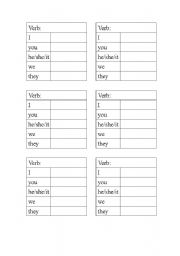



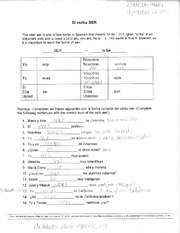
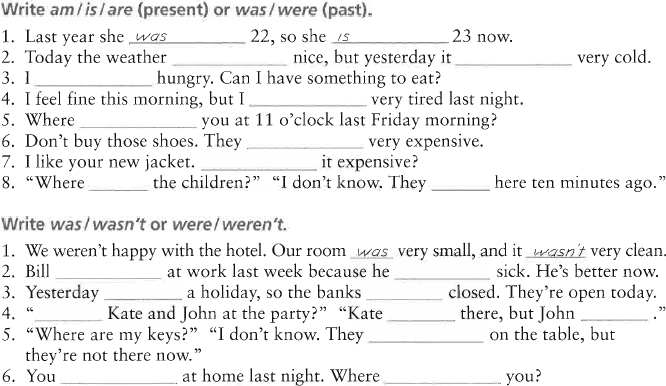
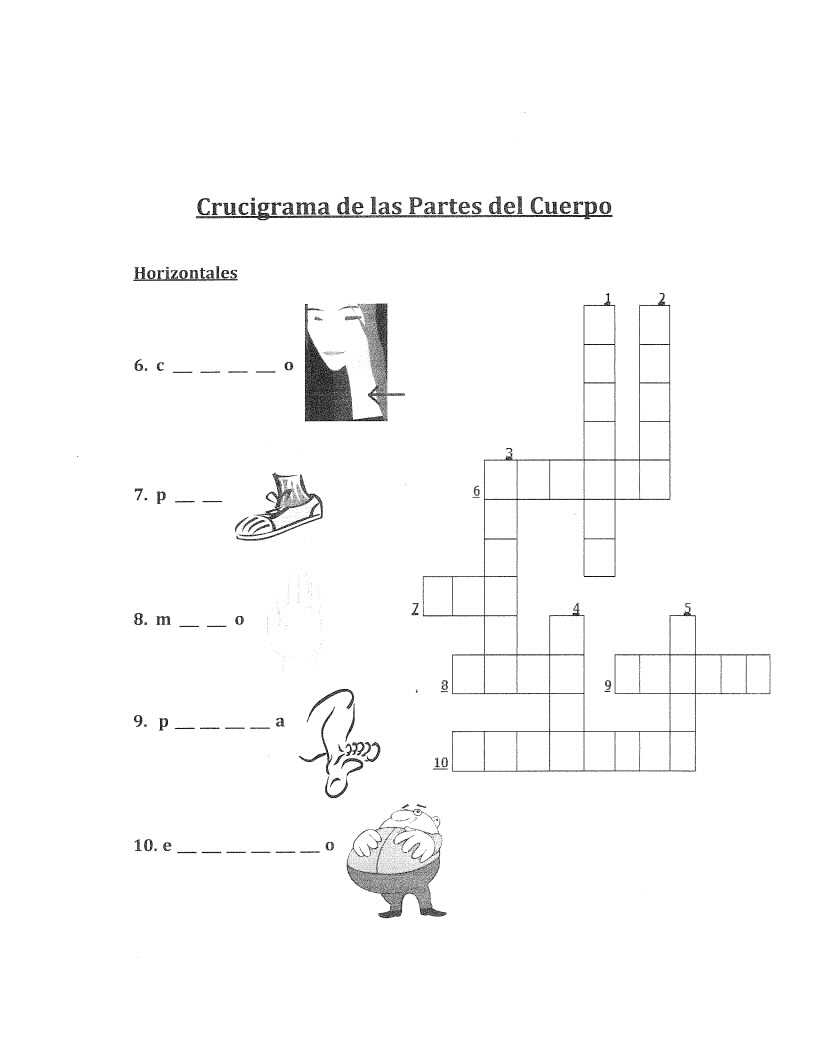


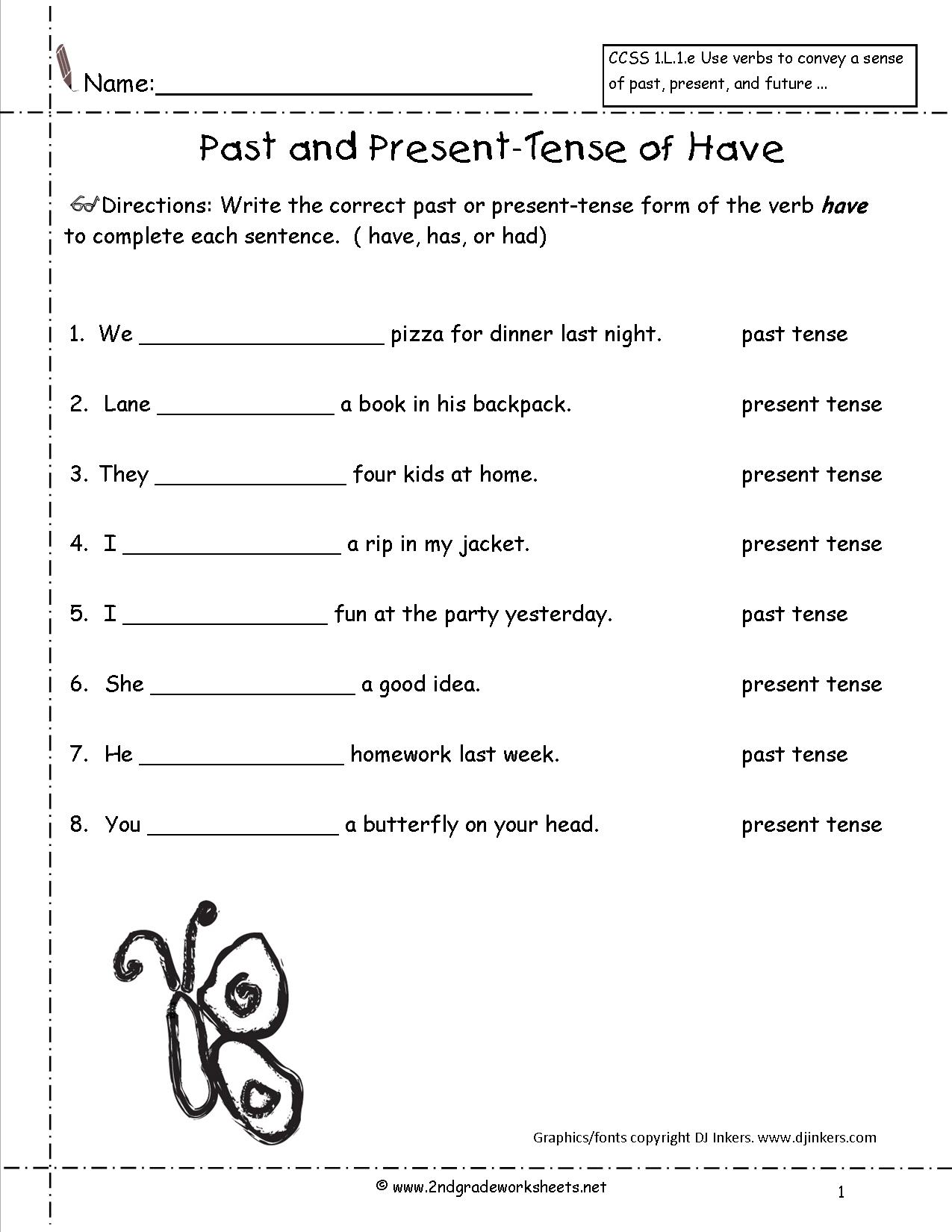
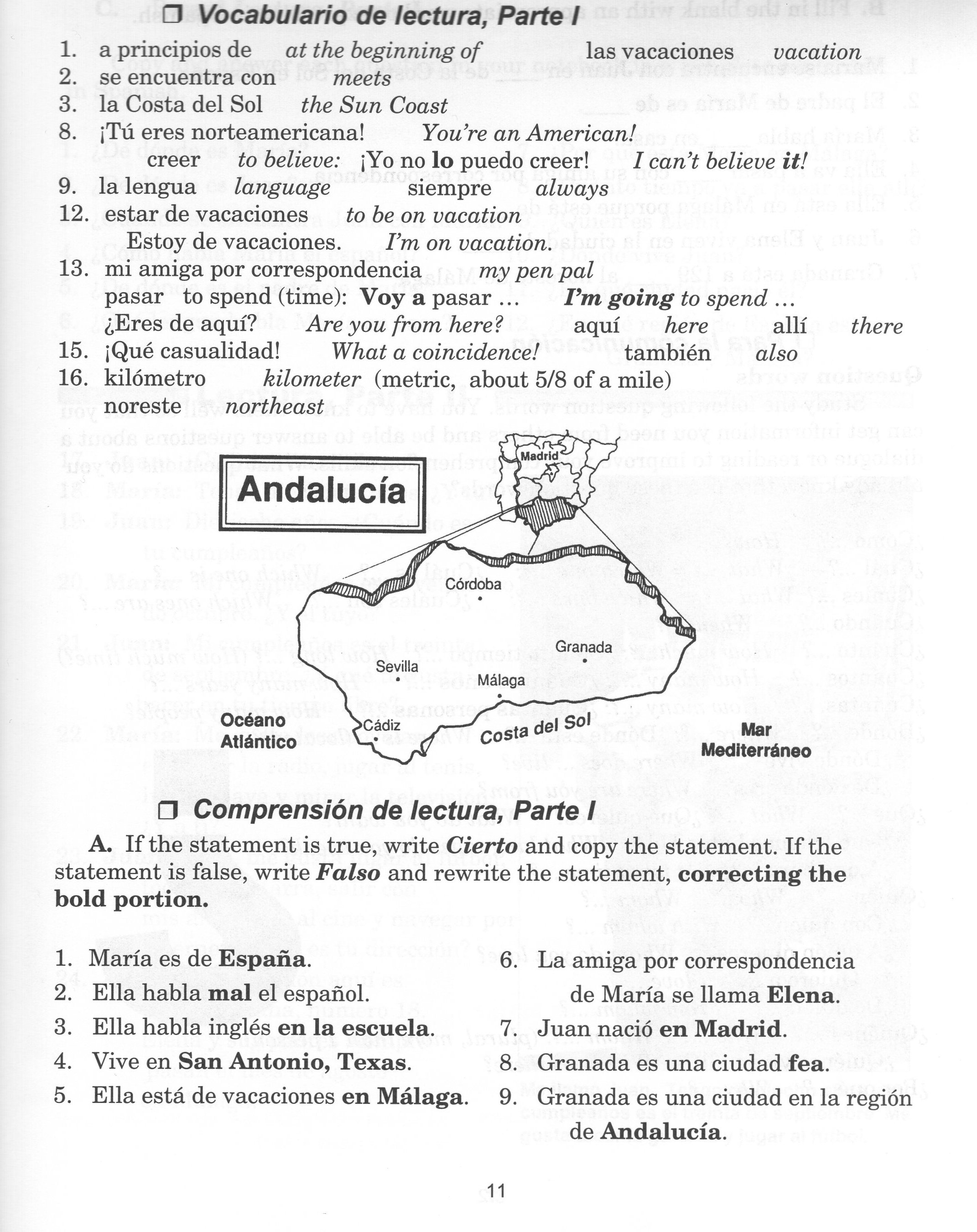
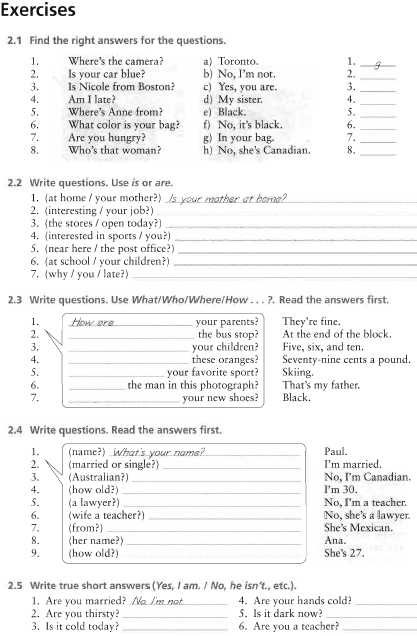
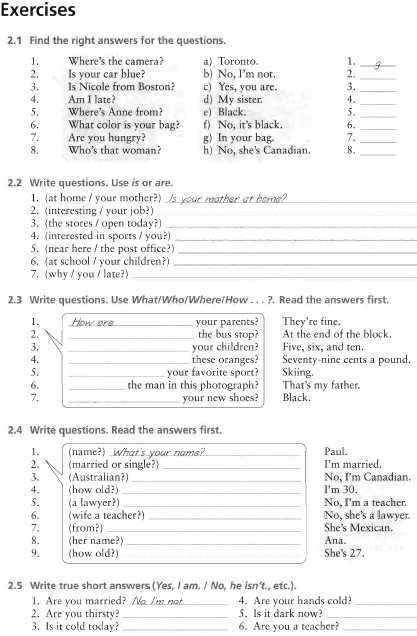
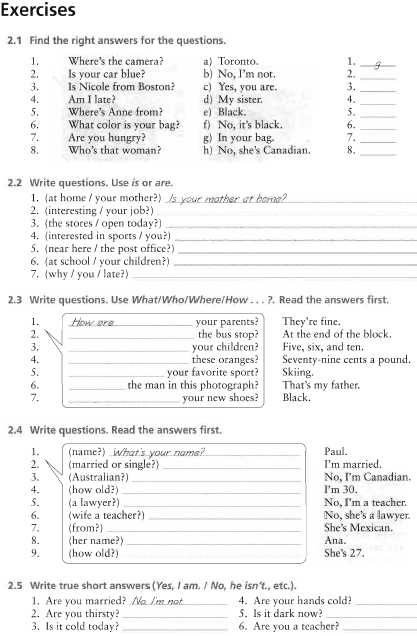
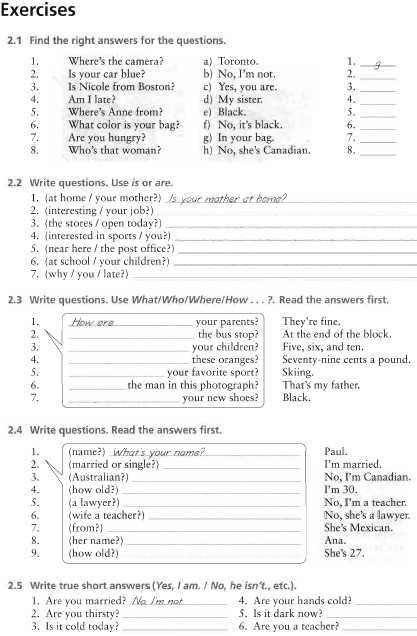
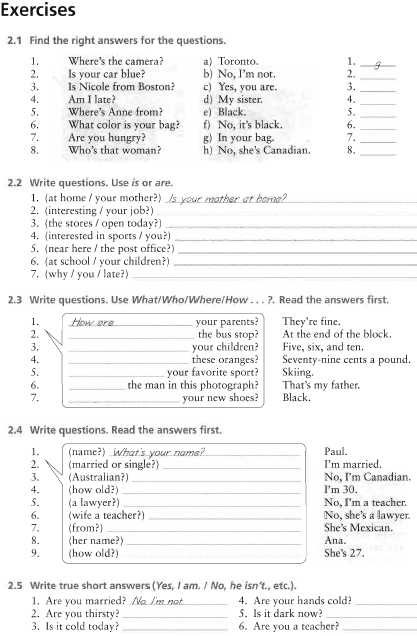
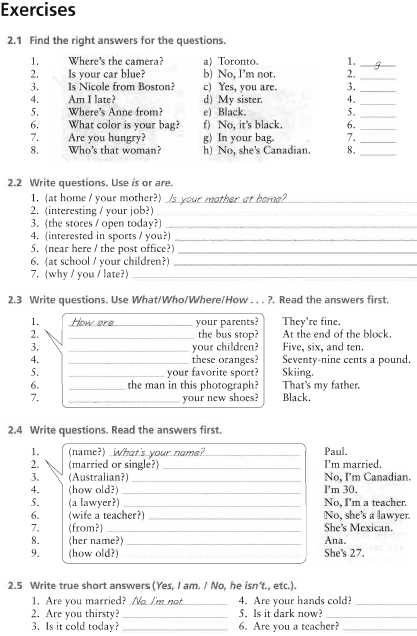
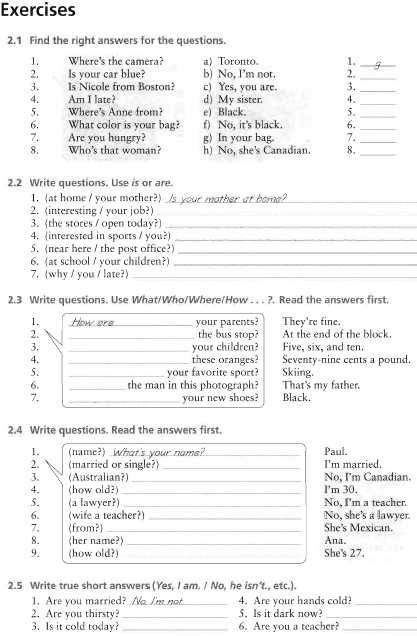
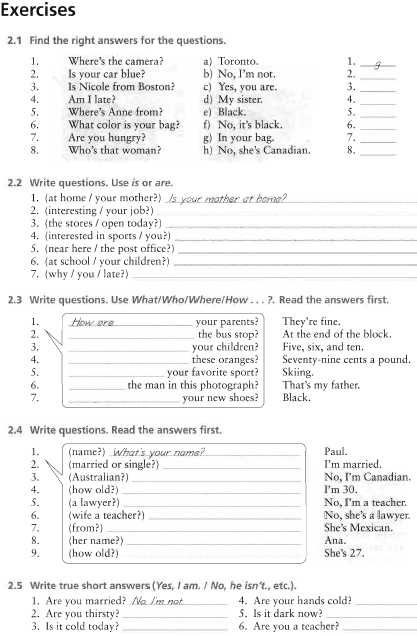














Comments